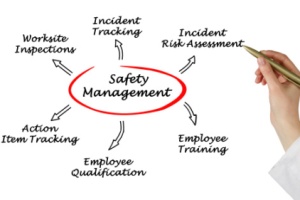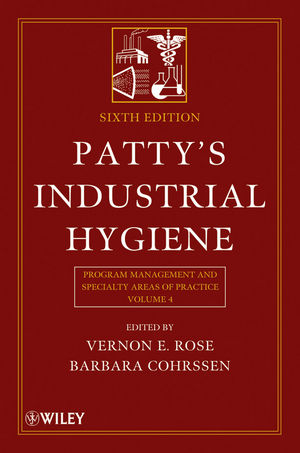 Safety and health professionals are intensely serious about protecting workers from the hazards of electrical arc flash and complying with industry safety standards. But it’s easy to make mistakes that create unnecessary costs (both time and money) or put workers at risk. As you comply with NFPA 70E and OSHA safety standards, avoid these common missteps:
Safety and health professionals are intensely serious about protecting workers from the hazards of electrical arc flash and complying with industry safety standards. But it’s easy to make mistakes that create unnecessary costs (both time and money) or put workers at risk. As you comply with NFPA 70E and OSHA safety standards, avoid these common missteps:
1. Starting in the middle– Companies often start their Arc Flash Safety Programs by gathering quotes from contractors that perform arc flash studies. A better place to begin is becoming familiar with the issue yourself, even if you will outsource the study. Training for management teams needing an overview of arc flash hazardsand how to comply with regulations is available. Or obtain a copy of NFPA 70E and sign up for some basic arc flash training. You’ll be an informed buyer who can make the most of the process for your company.
2. Failure to develop company electrical safety policies and procedures – The assessment was done. The warning labels were installed. But too many companies do not have written safety policies and procedures in place to ensure all workers understand their roles and responsibilities. It is best to incorporate these policies and procedures into the arc flash training required for all employees.
3. Failure to plan for arc flash follow-up - A quality arc flash study will include a detailed list of recommendations to lower hazard levels and address any National Electrical Code (NEC) violations. These recommendations may require capital expenditures to make electrical system modifications.
4. Failure to update the arc flash hazard assessment –Most electrical systems undergo modifications from time to time. Equipment is removed, lines are added, and aging equipment is replaced. These changes affect the arc flash hazard levels and require an update to the arc flash hazard assessment, per NFPA 70E 130.3.
5. Failure to provide annual refresher training– For most companies, arc flash safety standards require electrical workers to significantly change their work practices. Annual refresher training reminds workers of the standards and addresses questions and confusion that may have developed. This clarity ensures workers do not revert to old, less safe behaviors.
For best results from your arc flash safety program, start with a foundation of knowledge, develop plant-wide policies, follow up on recommendations, and keep your hazard assessment and training program up to date.
Source: Power Source LLC http://powersourceeng.com




